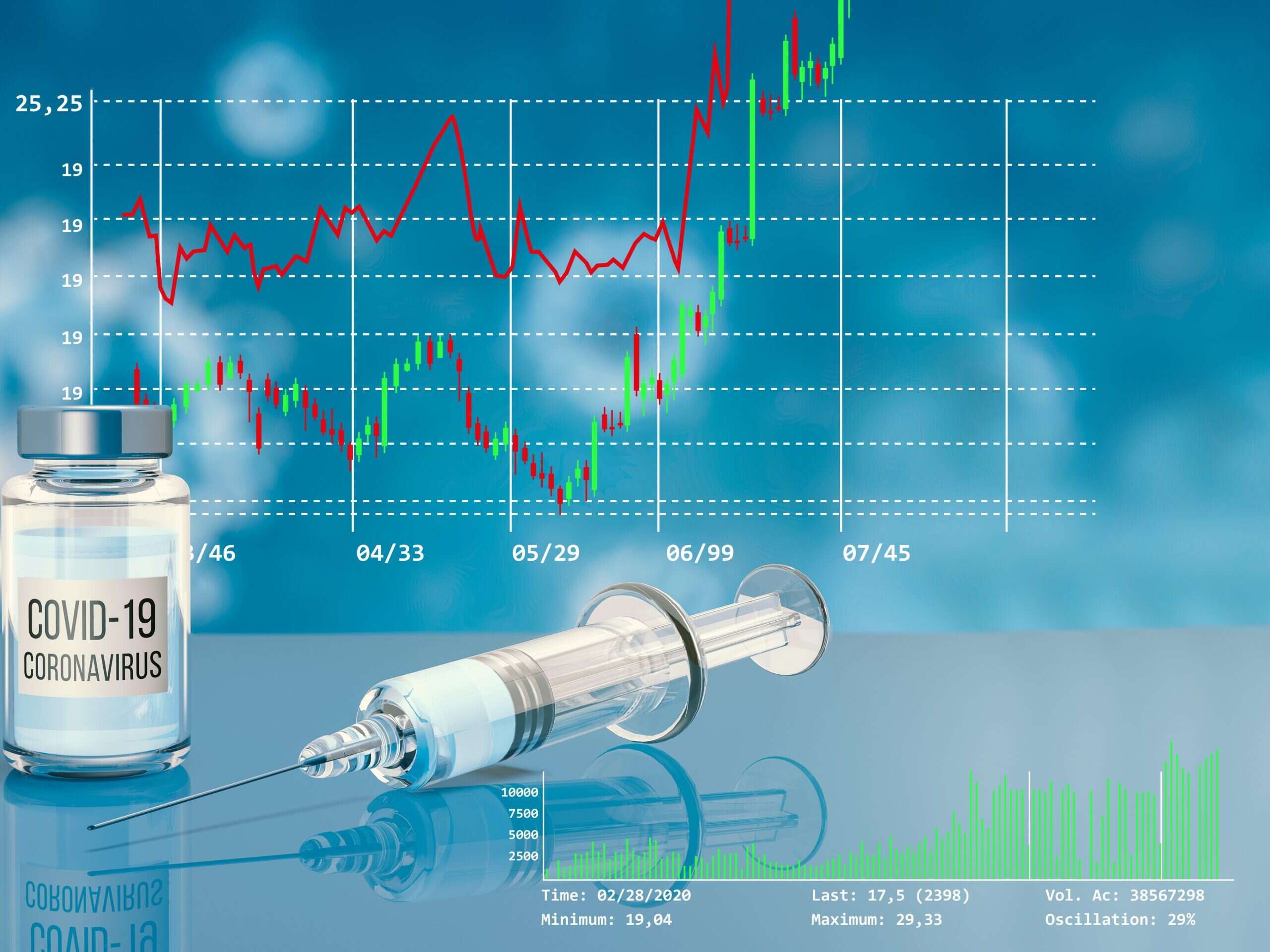
Several of the world’s largest news companies are more valuable now than they were before the Covid-19 crisis began, an analysis by Press Gazette has found.
All of the 16 publicly-listed companies we examined have recovered from the depths of the pandemic, with their market values (or market capitalisations) up an average of 40% since the end of March.
And seven of the companies – including News Corp, the New York Times Company, Thomson Reuters and Reach – are valued higher by investors now than they were at the end of 2019.
News companies across the world were shaken this spring by economic crises, the collapse of the advertising market, worldwide lockdowns and falling consumer confidence. Press Gazette research in the spring found the same 16 companies had lost £15bn (around $20bn) in value between February and mid-April.
But our research shows that with three coronavirus vaccines now proven to be effective, investors are pricing in a full recovery for some of the media industry’s biggest players.
Some of this confidence is likely to have come about because of budget cuts, which improve profitability.
In other cases, though, the share price performances of companies will be a direct result of their improved performances and business strategies, says Ian Whittaker, a veteran media analyst who is the managing director of Liberty Sky Advisors.
The New York Times: making news pay
“You’ve got a mixture of things which are happening,” Whittaker tells Press Gazette. “If you look at, for example, the New York Times, it’s subscriber numbers have been great, and it’s also monetised very effectively things such as its cooking products and crosswords.
“It is an example of a newspaper that has been able to successfully transition to the paid model. It’s obviously a big brand globally, as well, which helps. But the key thing is it’s worked out an effective model for making news pay.
“It’s got a very loyal subscriber base, who have a certain world view and are prepared to pay for its content.”
Our research found that the New York Times Company’s market cap was $5.3bn at the end of 2019. Growing confidence in its subscription business meant it fell less than many of its peers in the spring – ending March at $5.1bn. And the market currently values the company at $6.9bn, up 34% since the end of March.
News Corp value doubles in nine months
News Corp – which owns the Wall Street Journal and Dow Jones in the US, and the Times and Sun titles in the UK – has been one of the stock market’s best-performing news companies since the peak of the coronavirus crisis.
Its stock market value plummeted from $8.5bn to $5.3bn between December 2019 and March 2020. But it has since doubled in size – and overtaken its 2019 value – $10.7bn.
The other five companies to have outgrown their December 2019 values are Reach – the publisher of the Mirror national newspapers and hundreds of local newspapers across the UK – financial information giants Thomson Reuters and S&P Global, and Tech Target and GlobalData, a sister company to Press Gazette owner New Statesman Media Group.
The chart below shows how the four large US companies – S&P Global, Thomson Reuters, News Corp and the New York Times – have bounced back from Covid-19 share price falls earlier this year.
Events and TV companies join Covid recovery – but to a lesser extent
The other nine companies examined have all recovered from their spring struggles. But none have yet reached their December 2019 levels.
The nine include three advertising-reliant broadcast giants – ITV, Fox Corporation and ViacomCBS – and information giants Relx, Informa, Euromoney and Ascential, all of whom are have been hit this year by disruption to their events businesses.
Gannett – which owns USA Today and hundreds of regional newspapers across the US, as well as UK local publisher Newsquest – has made a 115% recovery since March, but is down significantly since the end of 2019.
And DMGT, best known as publisher of the Daily Mail, Mail on Sunday, the i, Metro and Mail Online, has seen its market cap edge up since March to £1.5bn, but closed 2019 at more than £1.7bn.
Cuts mean more profits for media giants
Asked to explain the general media market recovery since March, Whittaker says: “You’ve got a general market thing. The US presidential election has helped, as has the vaccine news. The market is thinking revenues are going to come back into advertising, and also subscription revenues – people are going to be more willing to spend.
“A more underlying issue you’ve got here as well, which has been less commented on, is a lot of these firms have made various structural changes to their cost base in the pandemic.
“Travel and entertainment is an obvious one. Property costs will come down in later years as people come out of their leases. Arguably, probably the biggest saving is going to be on the people side.
“That is partly because the pandemic has quite frankly forced companies to get rid of quite a few people who they haven’t missed. But also, as well, it’s in some ways a lot of delayering that’s going on, senior management has been taken out.
“So what you’ve ended up with is companies who are, if the ad revenues come back, are going to be starting [at] structurally lower cost bases. Which means more profits. And that’s going to be a big plus.”
Email pged@pressgazette.co.uk to point out mistakes, provide story tips or send in a letter for publication on our "Letters Page" blog
